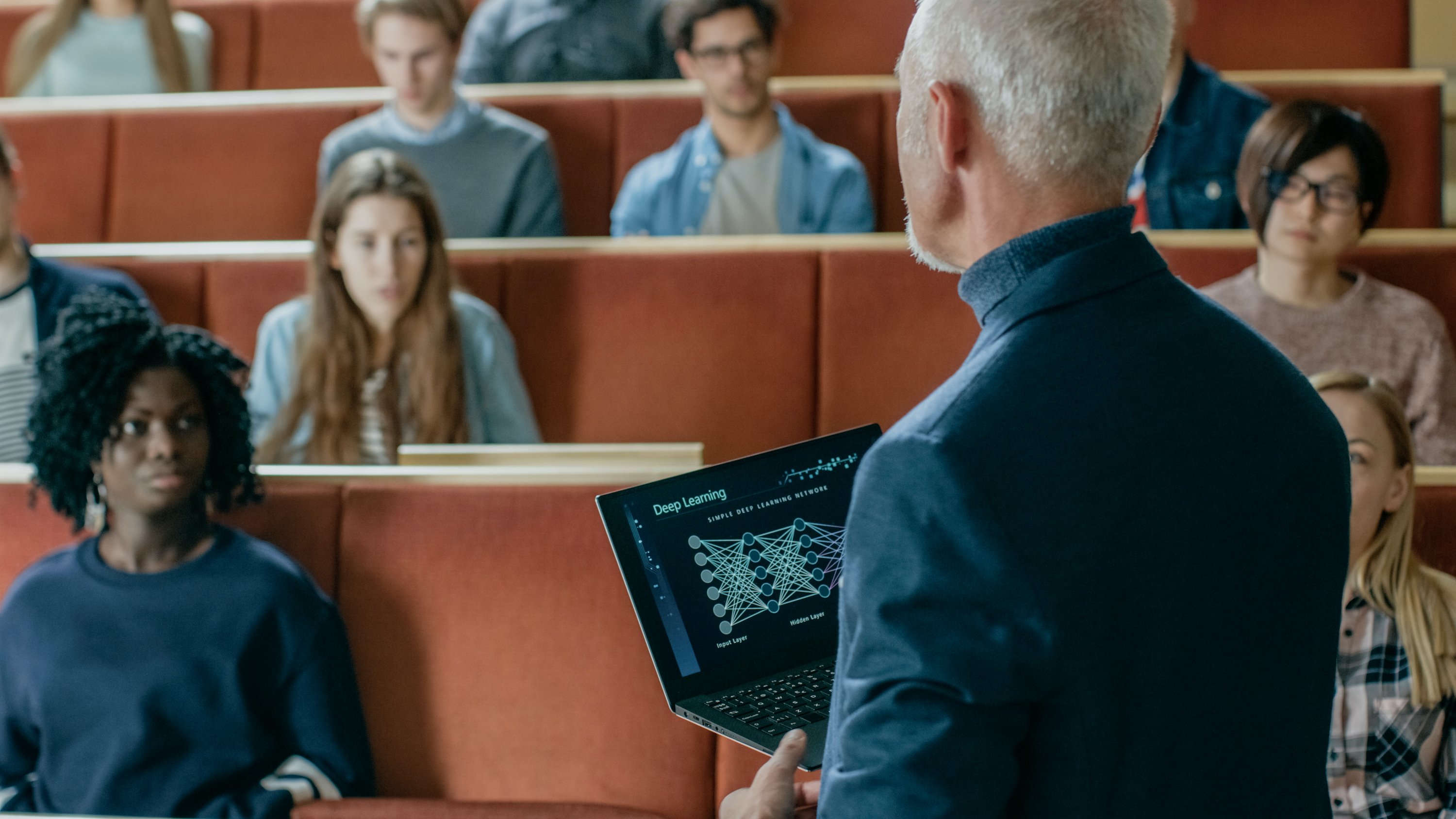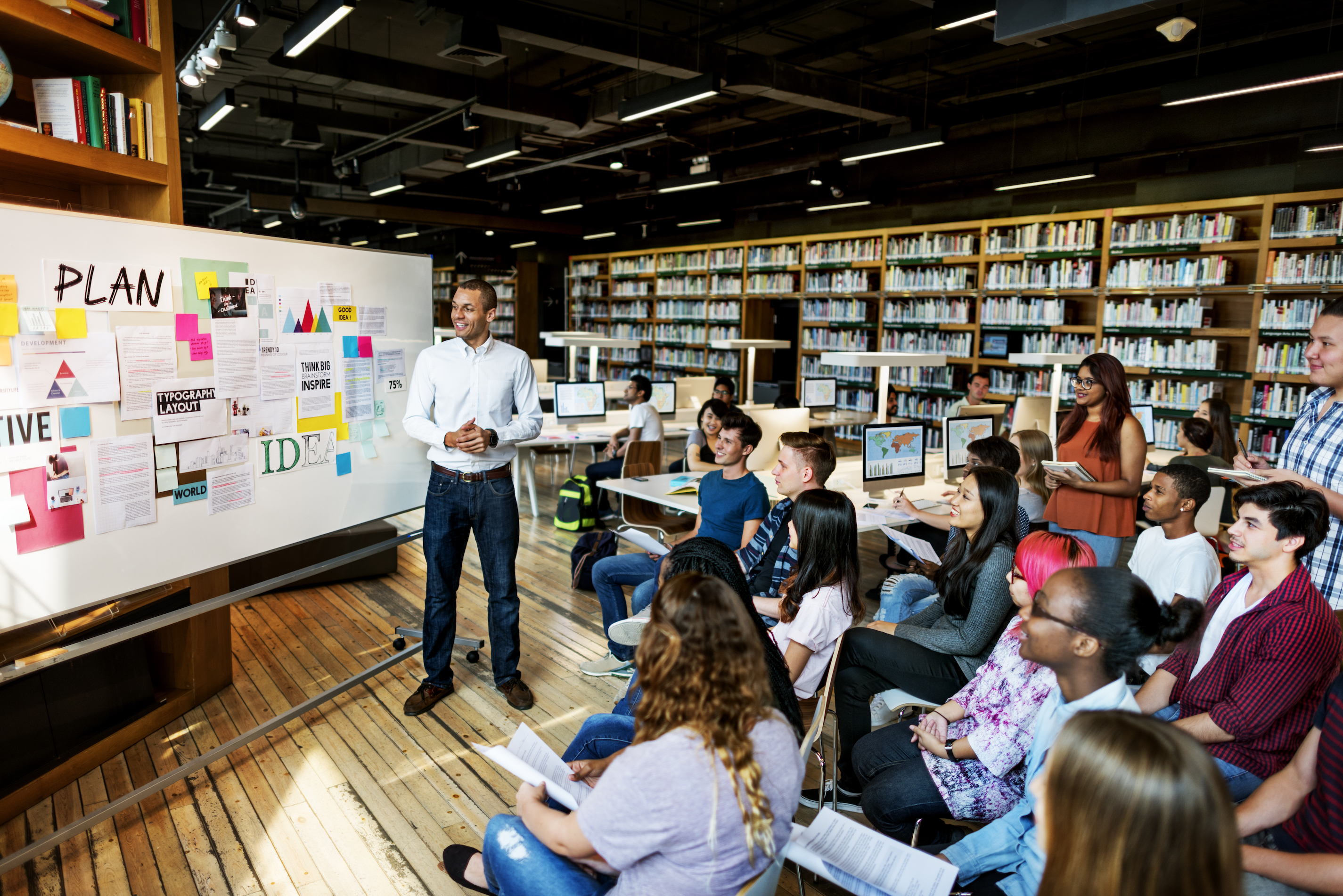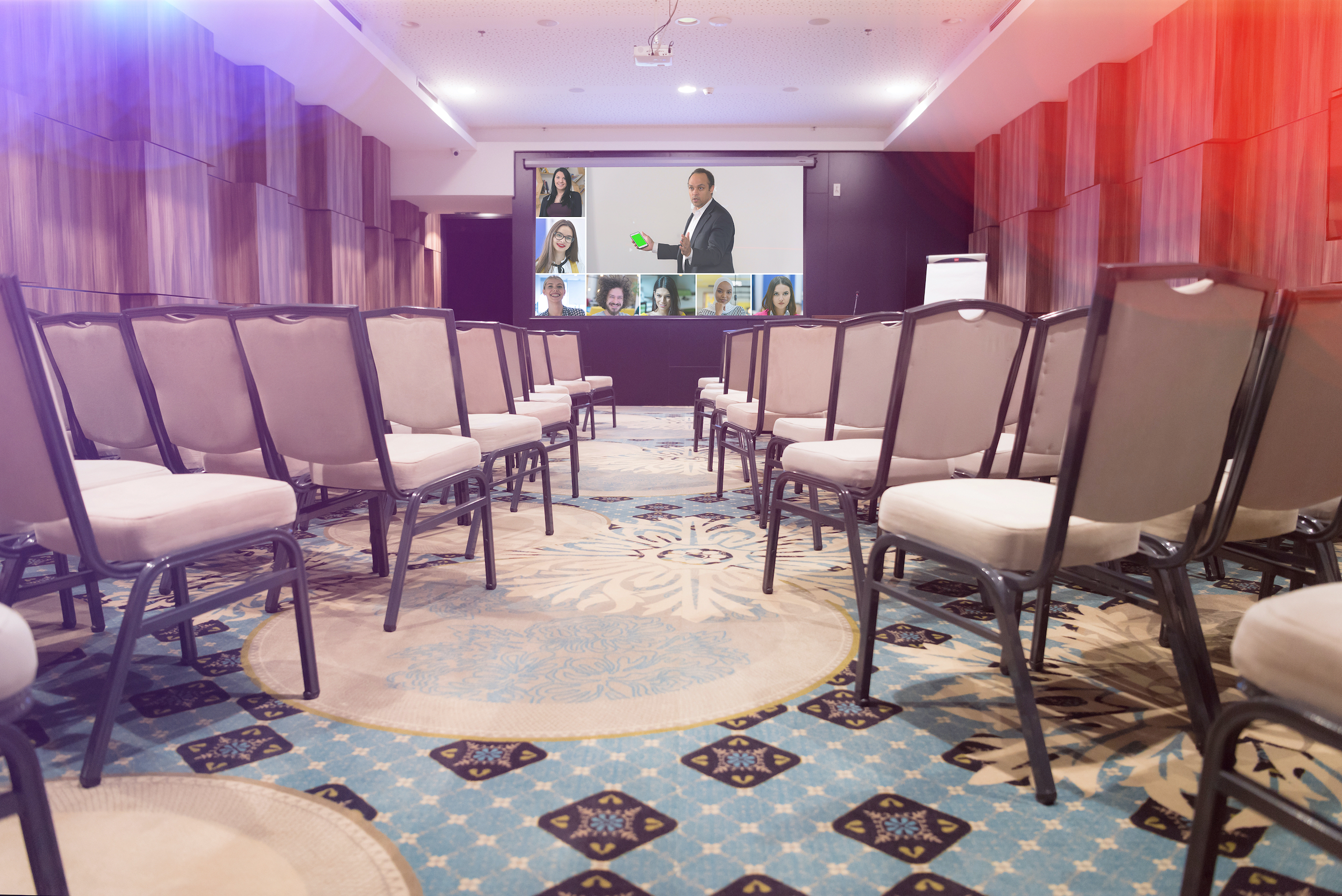Teaching has always been reliant on and affected by technologies of any particular era. As we’ve moved into this digital era, of course, many of the tools we utilise – how we might reach students, do activities and all of that – is done online in ways it previously hasn’t been. There are things that are convenient, a little bit different and sometimes challenging about that. I’d like to talk more about the way teaching, and my teaching in particular, has changed and evolved since the beginning of the pandemic.
I don’t think any of us would deny the benefits of sharing physical space with people – we’re social beings – but there’s such a range of limitations to that physical co-location that weren’t a part of regular conversation. Some of those include disability access and people having physical limitations to being on a campus, or being in a classroom and not always having a remote channel, or readily available remote channel, to join. Another one is access from a geographical space.
Of course, being able to access from different geographies requires an internet connection, and that is not to be taken for granted, but I’ve been at conferences, for example, this year where there’s a much more diverse population, because everything is virtual. It also has a smaller carbon footprint; you don’t have to fly to another country to go to a two-day conference. You can join online.
There are the economic, logistical and environmental implications of traditional conference travel. Plus, it has a bit of an elitist quality; oftentimes people who can show up in person, who can attend the pre-virtual conference, are a certain subset of the population. It’s basically less democratic, less participatory, less inclusive. When it comes to classroom teaching, the things that have been exciting this year are questioning the mode of engagement overall.
New possibilities in a virtual classroom
What’s particularly exciting to me is actually utilising this new format in a way that the traditional classroom doesn’t allow for. I’ll give you some examples. In addition to access, diversity of participation and that sort of thing, there are also more subtle examples like: in a virtual classroom, everybody’s in the front row. You don’t have the people that are sitting far in the back versus the people that are in the front. Everybody’s in the front row. The traditional classroom social environment really leans more towards benefiting those who are inclined in a more extroverted way, whereas the virtual experience can be more comfortable, or be made to be more comfortable, for people that are a little bit more shy or introverted. I have also taught workshops this year where there are participants from all over the world. I lead workshops – that’s my primary mode of teaching – and sometimes people travel for them and there are people from different parts of the world, but everybody’s in one place, and it’s great.
We do a lot of interesting things in that space. This year I’ve been leading workshops where somebody’s in India, or somebody’s in Mexico, or Canada or the US – all in the same workshop, having a conversation with each other about whatever the workshop topic is. That kind of conversation and dialogue is different than everybody being in the same space, which has various limitations, including things like the cost, the time, the environmental footprint, all of the kinds of things that create a bottleneck for who can have access – and that really changes. It’s really more democratised.
Different kinds of communication
I’ve also been excited about the ways we can learn about the people that we’re teaching through this virtual exchange. It brings out a different form of self than showing up in the classroom. I think a huge part of doing this effectively has to do with whoever is leading or teaching being as much of a facilitator as they are an instructor. If you think about facilitating an experience while you’re teaching about content, facilitating a conversation that enables people to not only speak, but also type in the chat, for example, you don’t have that in a classroom.
You can use different kinds of communication, different kinds of prompts, do breakout rooms and all of these kinds of things. If you can design the teaching experience to basically play to the strengths of virtual, rather than trying to translate what was previously in a classroom, there’s a host of opportunities that open up. My hope is that once we go back into the physical environment, that there will be, there will continue to be channels for virtual engagement for people who, for any number of reasons, find it more suitable to be engaging virtually.
In my opinion, and I believe this is shared, the best teachers are the most creative teachers and also teachers that improvise – a lot. I think improvisation is really important in an environment where you’re teaching others, because you need to be responding to them in real time, seeing what sticks and what doesn’t, and figuring out ways to modify the content to make sure that it’s landing in a way that’s understood.
I have a workshop methodology that I’ve developed over the past many years that used to be in person. In the future, I imagine it will happen in person again, but right now it’s virtual, and I’ve modified that methodology and adapted it for the virtual environment. It’s pretty different than a lot of what you see, but it also elicits new insights that you may not see in a more traditional kind of lecture or seminar class.
I often teach workshops around artificial intelligence, the challenges and promises of AI, or the ethics of AI. But I lead them on a number of topics so it could be things from disinformation to natural disasters to personal histories. These are topics that I’ve taught workshops on because it’s really about the methodology and not about the specific domain. It’s about both, actually, but it’s adaptable to different domains.
Forming different kinds of questions
I did one recently on economic justice and that was virtual. In my methodology, it’s about having the participants generate a question. I lead them through a series of what you could call design-thinking exercises to formulate a question that they may have about this topic. This could be either for experts in a specific domain or for people who are approaching the domain for the first time. Of course, the questions will be different as a result, but regardless, it’s interesting in both cases, and the participants each author a question in the first half of the workshop, and then the second half is about them taking unexpected physical materials to try to construct or render either their question or an answer to their question in physical form. Now, this does a lot of strange things, because if it is an abstract question that doesn’t have a visual or physical form, how would you possibly sculpt or prototype that? As a result, it enables people to create metaphors and to see the problem or the question in a new and unexpected way, to actually see its contours differently and work in a way that’s less linear, less top-down, more intuitive and more playful.
Physical objects for abstract ideas
I’ve been doing this for a long time. In the time of COVID, I can’t bring a suitcase filled with random art materials and things from hardware stores, wood and lights, clay and all these strange things that I normally bring to an environment, because people are quarantined and distanced. So, the way I have adapted the methodology is to send a list of materials in advance of a particular session that students need to collect from wherever they are, but the list is really abstract. It might include things like: something shiny, something that bends, something that smells good. They’re sent a list of these things – something that smells good – and they find something that smells good. Most people can find the items wherever they are, and they’re going to be different for the different participants. Then we have this virtual experience where people have brought different materials, and they’re there all together and apart at the same time, contending with this particular topic and generating a question about whatever the workshop’s about. Then they’re working together with actual physical materials in this virtual space to create something and then discuss it.
I’m not sure if all the teaching that’s been adapted for this virtual environment has become more creative. I fear that some of it has become less creative. I do feel like these challenges and unexpected constraints require us to innovate, and the same is true in education. Whether it’s the faculty teacher redesigning their courses, or the students learning about themselves and how they learn best based on a virtual rather than a classroom experience, I think that there are insights that are emerging now that will carry forward.
It depends on the teaching, and it would be really sad if creativity was no longer in teaching. It also depends on the form of education and the style of the particular professor, basically on the pedagogical framework of the school. So, it’s varied. I think that creative things around teaching and learning will come out of this pandemic that wouldn’t have been with us otherwise.


